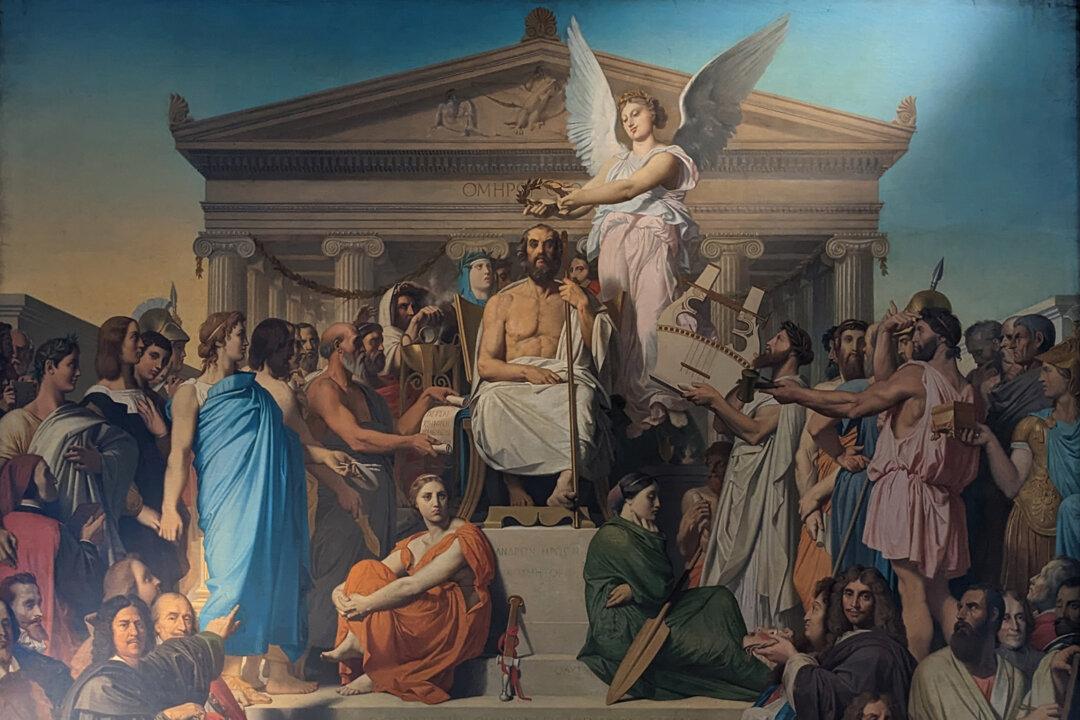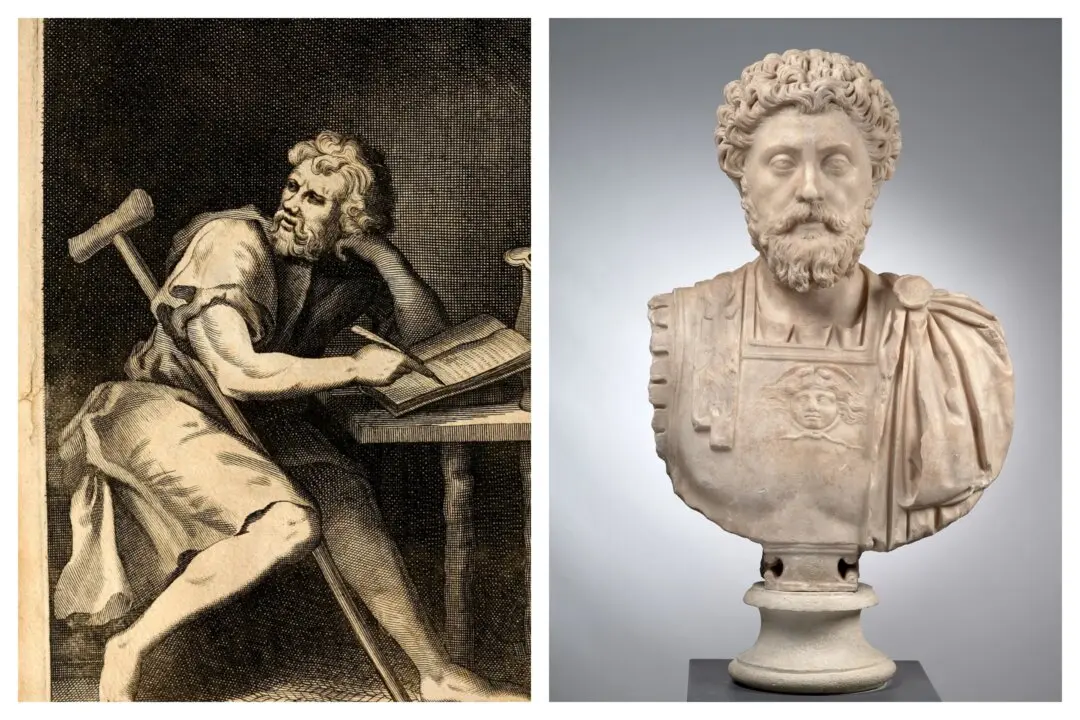“Beauty is subjective” has become a popular claim. It usually refers to visual arts; its aesthetic merit is thought to depend on arbitrary tastes. However, aesthetic relativism also concerns literature. Cultural and personal differences are often touted as the sole standards to judge a text’s literary merit. As the influential philosopher A. J. Ayer put it in “Language, Truth, and Logic,” “such aesthetic words as ‘beautiful’ and ‘hideous’ are employed not to make statements of fact, but simply to express certain feelings.” In this reading, ephemeral satisfaction is the only standard of literary greatness.
Cultural and personal variations do influence aesthetic standards, but overemphasizing their extent has convinced many that “beauty” doesn’t exist at all, and that everything we experience is a form of subjective pleasure. Is beauty mere subjective gratification, akin to entertainment? Or is it something qualitatively different and more profound? If a text is more beautiful than another, what makes it so?






